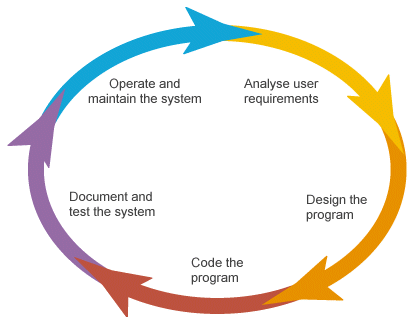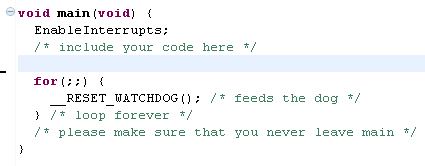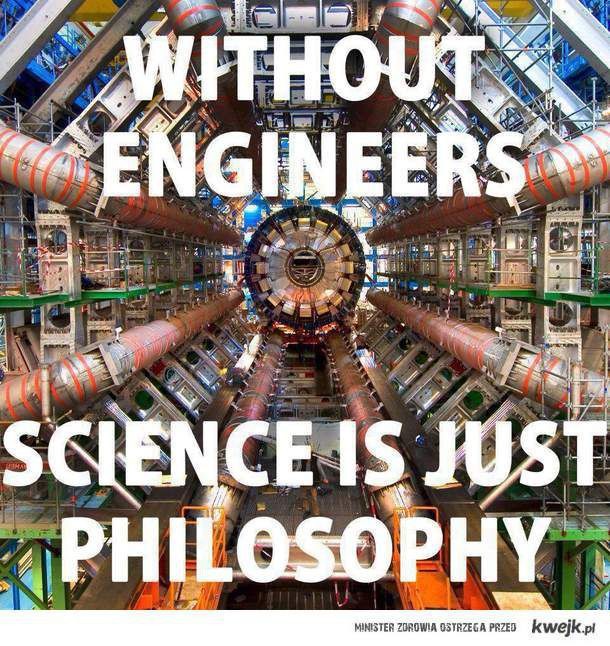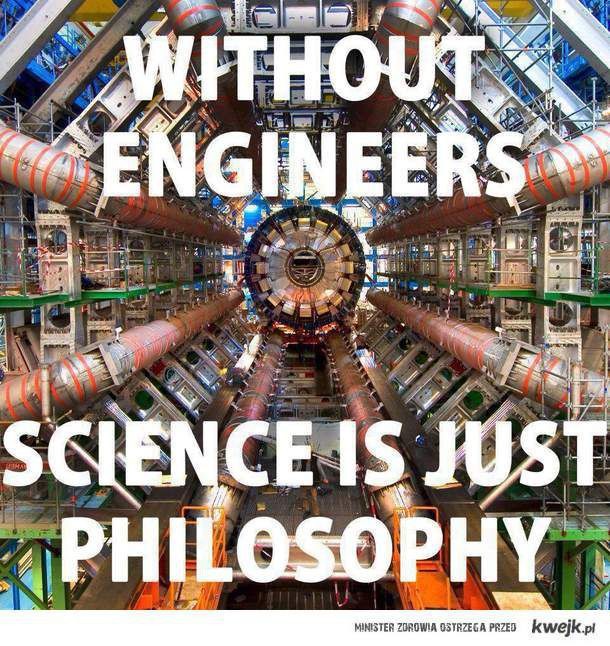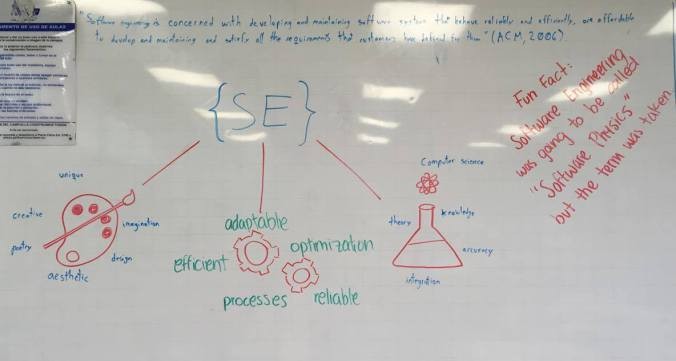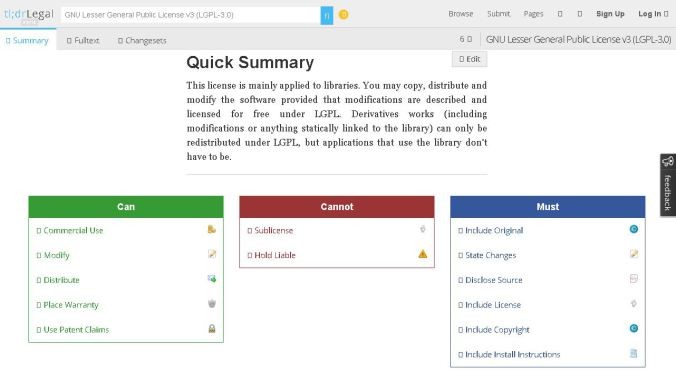
- Original image from: https://www.jpao.es/wp-content/uploads/2015/10/seguridad.jpg
Have you ever wondered why or who makes the little padlock in the url bar before the url of a web page?
Let´s be a little objective, related with one of my pasts post I touched the topic of doing software engineering with an ACM code of ethics for Sofware Engineering. Allright then, one of the principal areas disscussed then were about the rights of the end user and the professional.
Today we are going to talk about the security certificate, what are they and if you can trust one.
Thanks in advance to United States Computer Emergency Readiness team at: https://www.us-cert.gov/ncas/tips/ST05-010
What are web site certificates?
If an organization wants to have a secure web site that uses encryption, it needs to obtain a site, or host, certificate. There are two elements that indicate that a site uses encryption (seeProtecting Your Privacy for more information):
- a closed padlock, which, depending on your browser, may be located in the status bar at the bottom of your browser window or at the top of the browser window between the address and search fields
- a URL that begins with “https:” rather than “http:”
By making sure a web site encrypts your information and has a valid certificate, you can help protect yourself against attackers who create malicious sites to gather your information. You want to make sure you know where your information is going before you submit anything (see Avoiding Social Engineering and Phishing Attacks for more information).
If a web site has a valid certificate, it means that a certificate authority has taken steps to verify that the web address actually belongs to that organization. When you type a URL or follow a link to a secure web site, your browser
Continue reading "About Security certificates"


